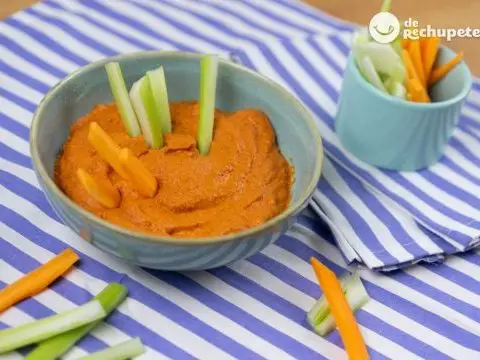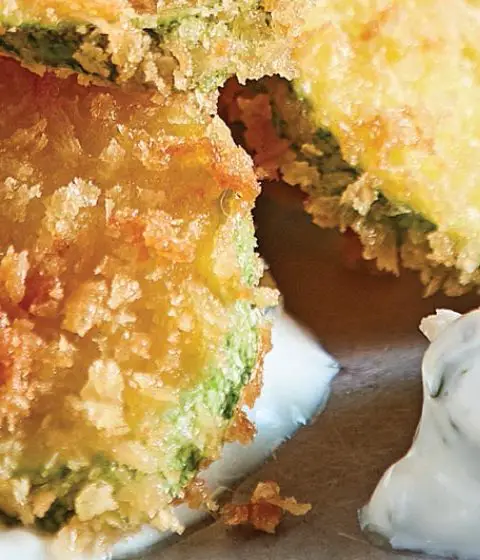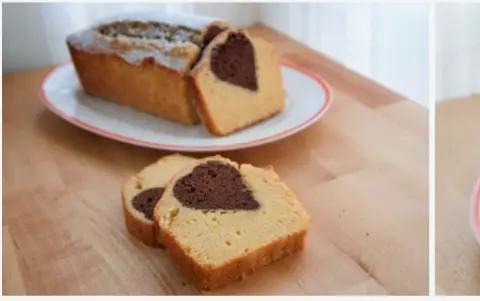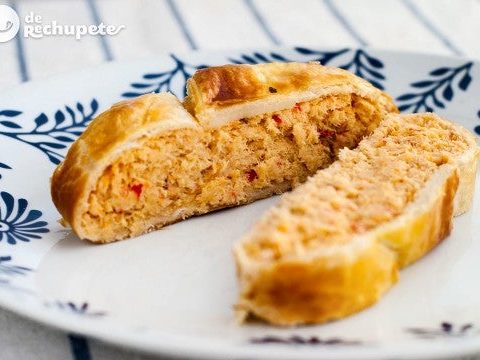
ARE YOU ALLERGIC TO GLUTEN? WE TELL YOU HOW TO MAKE HOMEMADE GLUTEN-FREE FLOUR WITH THIS EASY RECIPE THAT WILL TAKE YOU JUST 5 MINUTES, TAKE NOTE AND ENJOY!
1 in 100 people is allergic to gluten, people who get to ingest this substance in their food, can suffer serious intestinal problems, if you are one of them, we tell you how to make homemade gluten-free flour, so that you do not stop eating it what else do you like.
WHAT IS GLUTEN?
The gluten is a protein existing in cereals such as wheat and barley; It is in charge of giving the bread elasticity and fluffiness.
WHAT CAUSES GLUTEN IN THE BODY?
The gluten only affects people with celiac disease (gluten intolerance), when ingested by these people, gluten causes damage to the small intestine, not only have diarrhea cause vomiting, bloating or abdominal pain, also it prevents nutrients absorb adequately.
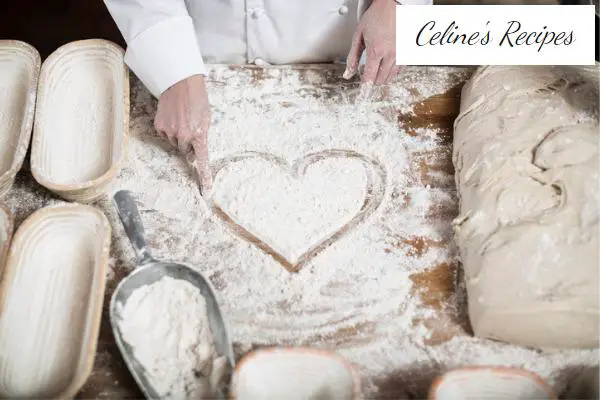
Photo: Getty Images
GLUTEN MYTHS
A stomach inflammation after eating a product with gluten does not necessarily mean being celiac. The only way to diagnose the disease is through a biopsy taken by endoscopy or colonoscopy.
If you stopped consuming gluten-free products to lose weight, you will not necessarily achieve your goal. The gluten does not generate gain weight, but the excess carbohydrate itself; And not only the breads contain gluten.
HOW TO MAKE HOMEMADE GLUTEN-FREE FLOUR
This recipe will take you only five minutes, and it will also allow you to continue eating your favorite recipes without consequences.
INGREDIENTS:
- 510g white rice flour
- 230g of amaranth flour or oatmeal
- 120g tapioca flour or starch
- 120g potato starch *
- 20g xanthan gum
* You can substitute potato starch for cornstarch, however, the result will not be as spectacular when you bake some bread.
Try to get the potato starch in a local specialized in products for celiacs or go to your local market and talk to your suppliers so they can try to get it for you.
PROCESS:
Combine all the ingredients in a bowl and mix with a balloon whisk to integrate perfectly, cover the bowl and shake vigorously to finish mixing.
Store in an airtight container in a dry place away from sunlight.
TIPS:
This flour will last up to 6 months in storage if you keep it in optimal conditions. But like any flour it could go rancid. It is best to always test it before use.
Taste a pinch of raw in your mouth, if the taste is slightly sweet the flour has been preserved correctly.
Before you go:
Does gluten make you fat?

